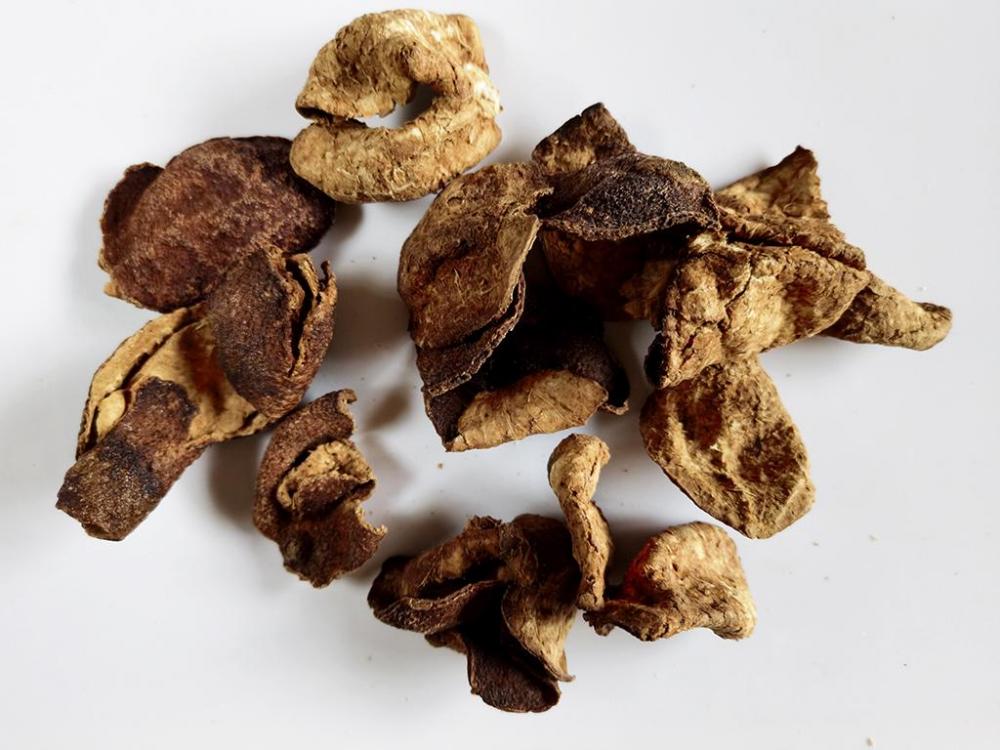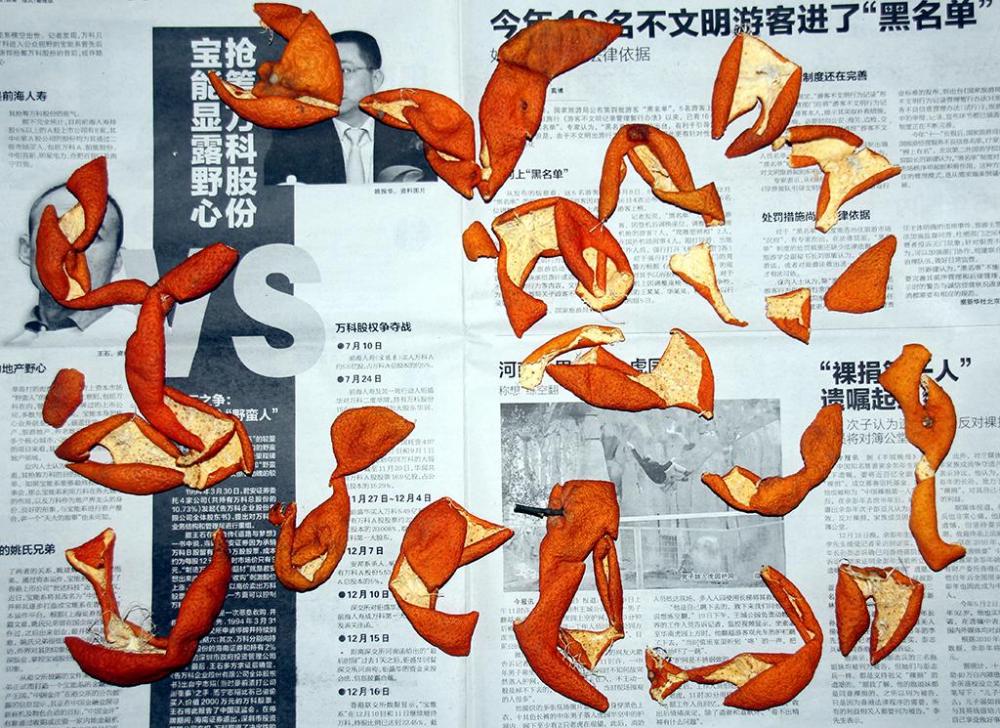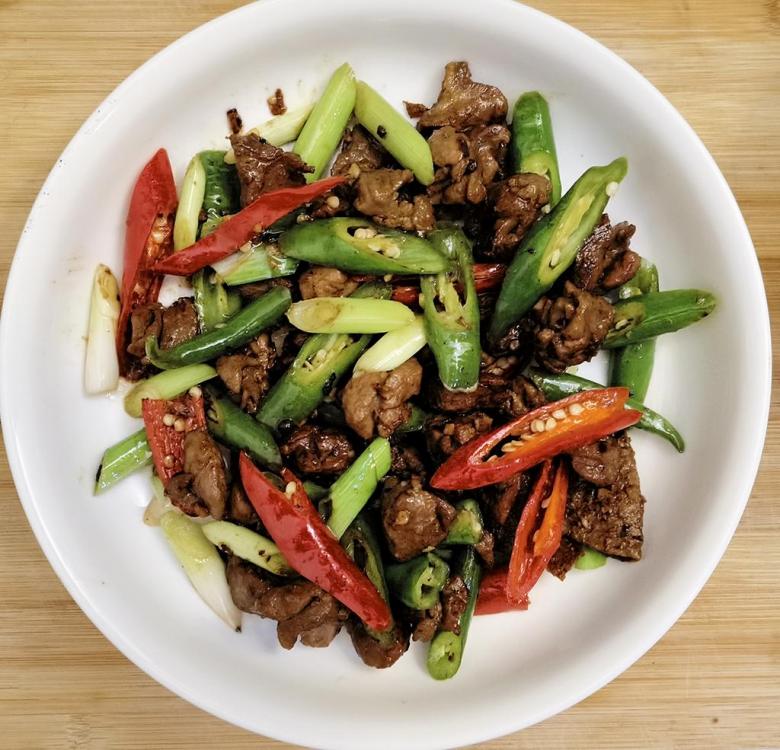9. 陈皮 (chén pí) - Orange / Tangerine Peel
You may not think of orange or tangerine peel as an ingredient in your dinner. You might not think of it as a spice. The Chinese disagree. Dried orange peel is a common ingredient in many dishes, used just like any other spice. When you think about it many other spices are the peel of something.
Tangerine Peel Drying on my Balcony
I can buy dried peel in every supermarket and market, but more often I dry my own. It couldn’t be easier. As you peel your oranges or tangerines or satsumas etc, after the eating the fruit, scrape away as much of the pith as you can from the peel and then leave the peel in a sunny spot until it turns hard. You could, of course, dry it in a low oven I suppose, but we don’t have ovens here – high or low. Once dry and hard, stick it into a suitable airtight container and that’s it. It keeps for years. I have some here at home which is about 5 years old. I opened the container about 20 minutes ago and was hit by the scent of oranges. In fact, the older stuff is more valued in many dishes.
The peel is used in many hot pots and stews, but also in stir-fries. I used it last night in this dish. More on that here.
There is no need to soak the peel before adding to braises, but for stir fried a short soak in warm water will soften it in minutes. I normally remove it from braises before serving.





